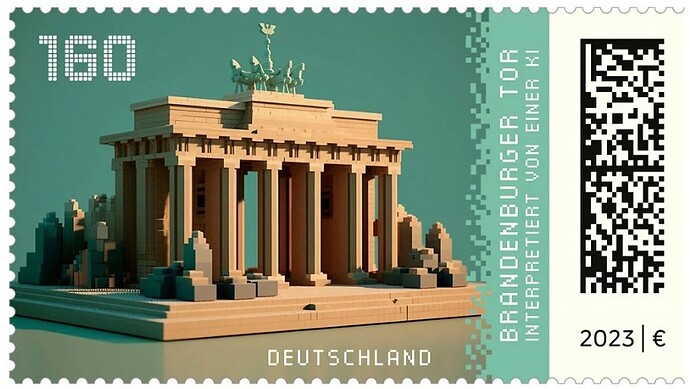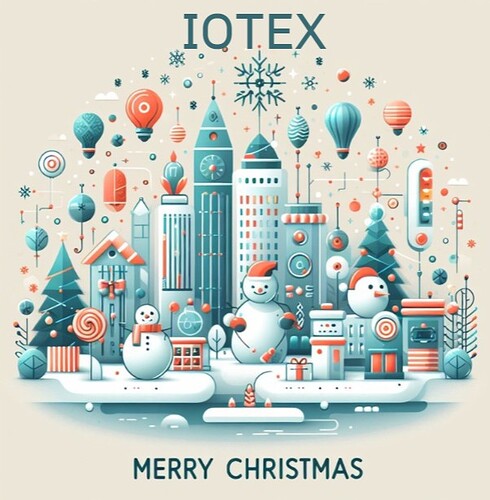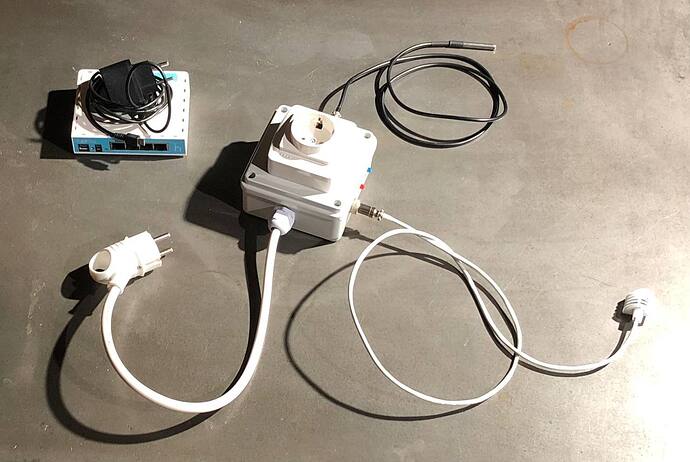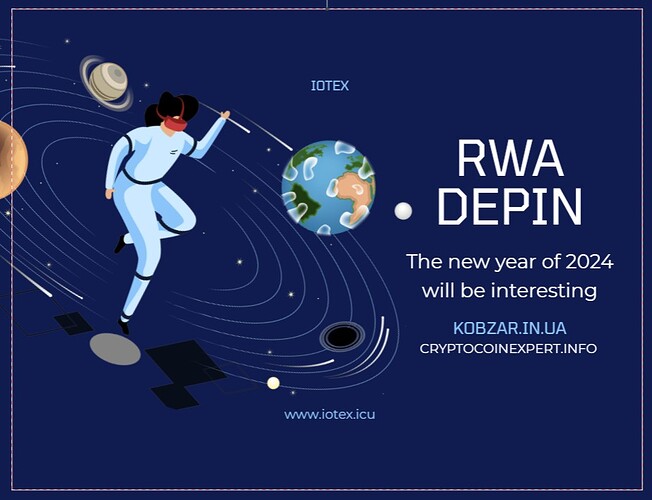Hello IoTeX community,
I hope this message finds you well. I wanted to share some thoughts and suggestions regarding the exciting topic of tokenization of real assets using IoTeX. As one of the early adopters of IoTeX, I believe that this technology holds immense potential, and I’m thrilled to be a part of this community.
Here is a summary of the key points from the recent forum conversation on tokenizing real assets using IoTeX:
- Tokenization Opportunities
Tokenization provides new opportunities for managing real-world assets like real estate, art, and commodities on the blockchain through NFTs. This can enhance liquidity, accessibility, transparency, and security.
- Technical Challenges
There are technical challenges, such as effectively marking physical assets and ensuring authenticity. IoTeX’s technology could help address this through connecting physical devices to the blockchain.
- Legal and Regulatory Uncertainty
Legal and regulatory uncertainty remains in many jurisdictions regarding asset tokenization. Compliance and investor protections need to be considered.
- Security Concerns
Security vulnerabilities are a concern, including wallet hacks. Caution should be exercised by users to safeguard assets. Ongoing improvements in cryptography, protocols, and wallets can enhance protections.
- Intellectual Property Rights
Intellectual property rights like copyrights could also be tokenize, allowing creators more control and monetization opportunities.
- New Platforms
New platforms are emerging for trading tokenized assets, like nft.mimo.exchange on IoTeX. This could open up fractional ownership and lending opportunities using NFTs as collateral.
- Requirements for Real-World Adoption
For real-world adoption, authenticity, security, compliance, and usability need to be robust throughout the tokenization process. Teams involved should have relevant expertise across legal, technical, and asset management domains.
- An Offering of Participation
On behalf of myself, I am ready to offer the IoTeX team (@raullen, @qevan, @larrypang, @zimne, @Artanovskaya) my participation in the creation of the “Tokenization of real assets” direction in the role of an IoTeX staff member or consultant. I have extensive experience in working with real assets. I hold a Master’s degree in Information Technology and Systems Analysis, and I am very familiar with the IoTeX project and its technologies.
To maximize IoTeX role in the tokenization of real assets, I would like to suggest the following:
- Collaborating with Legal Experts
Collaborate with legal experts to develop compliant tokenization frameworks adapted for different asset types and jurisdictions. This will ensure that IoTeX remains compliant with evolving regulations.
- Educating Users
Educate users on security best practices for protecting crypto wallets and assets. A well-informed community is essential for the safe adoption of tokenization.
- Showcasing Real-World Use Cases
Showcase proven tokenization implementations across diverse assets to demonstrate real-world utility. This will build confidence in IoTeX’s capabilities.
- Exploring Cross-Chain Interoperability
Explore cross-chain interoperability so IoTeX tokenized assets can operate across multiple networks. This will increase the reach and accessibility of IoTeX-based tokenized assets.
- Fostering an Ecosystem
Foster an ecosystem of qualified partners covering tokenization, legal compliance, asset custodianship, insurance, exchanges, and more. A strong ecosystem will support the growth and adoption of IoTeX.
With diligent efforts across these areas, IoTeX can become a preferred blockchain for compliant and reliable tokenization of real-world assets. This can expand the IoTeX network’s capabilities and value in connecting the physical world with decentralized finance.
I look forward to seeing how our community and the IoTeX team continue to innovate and lead in this exciting field of asset tokenization.





